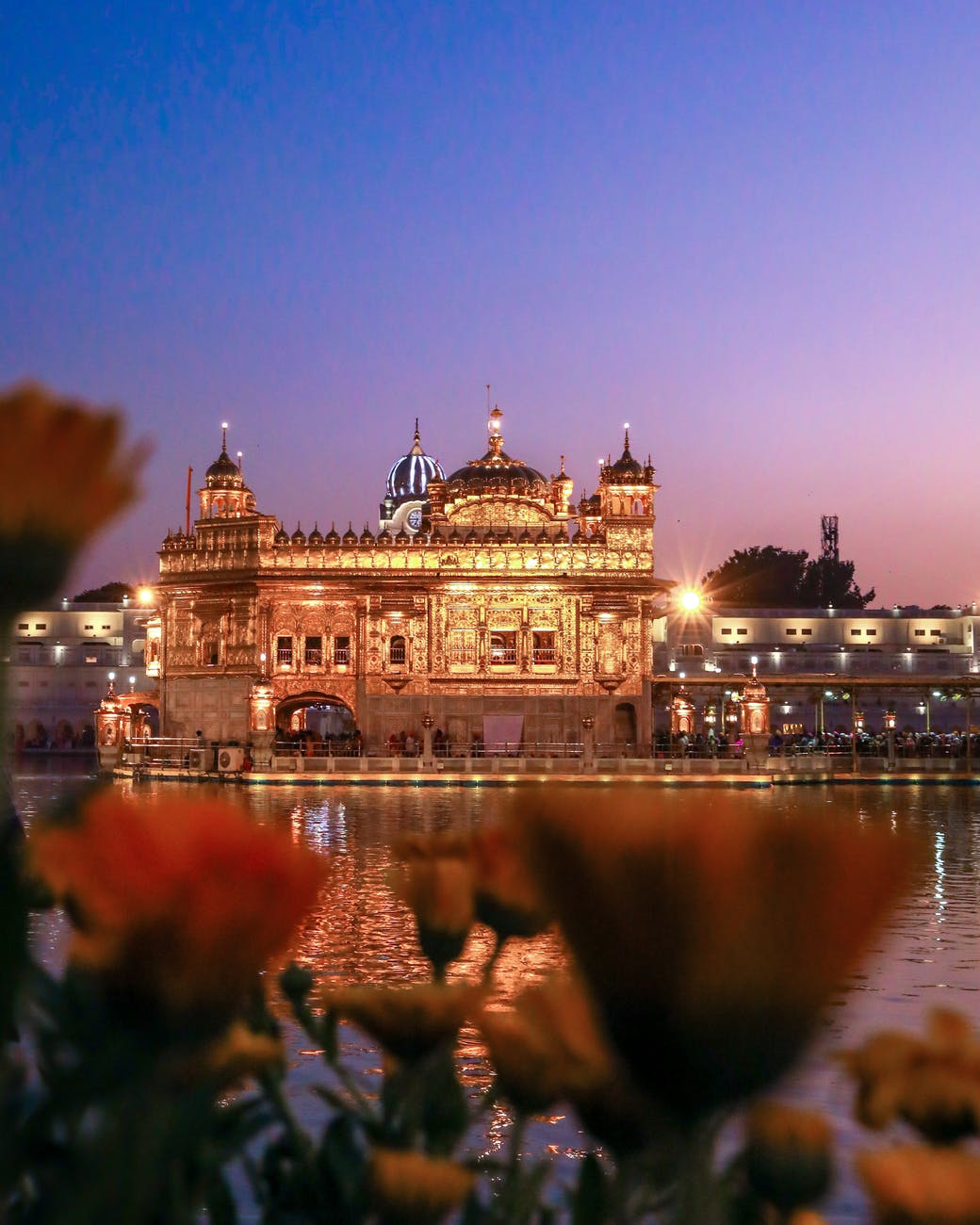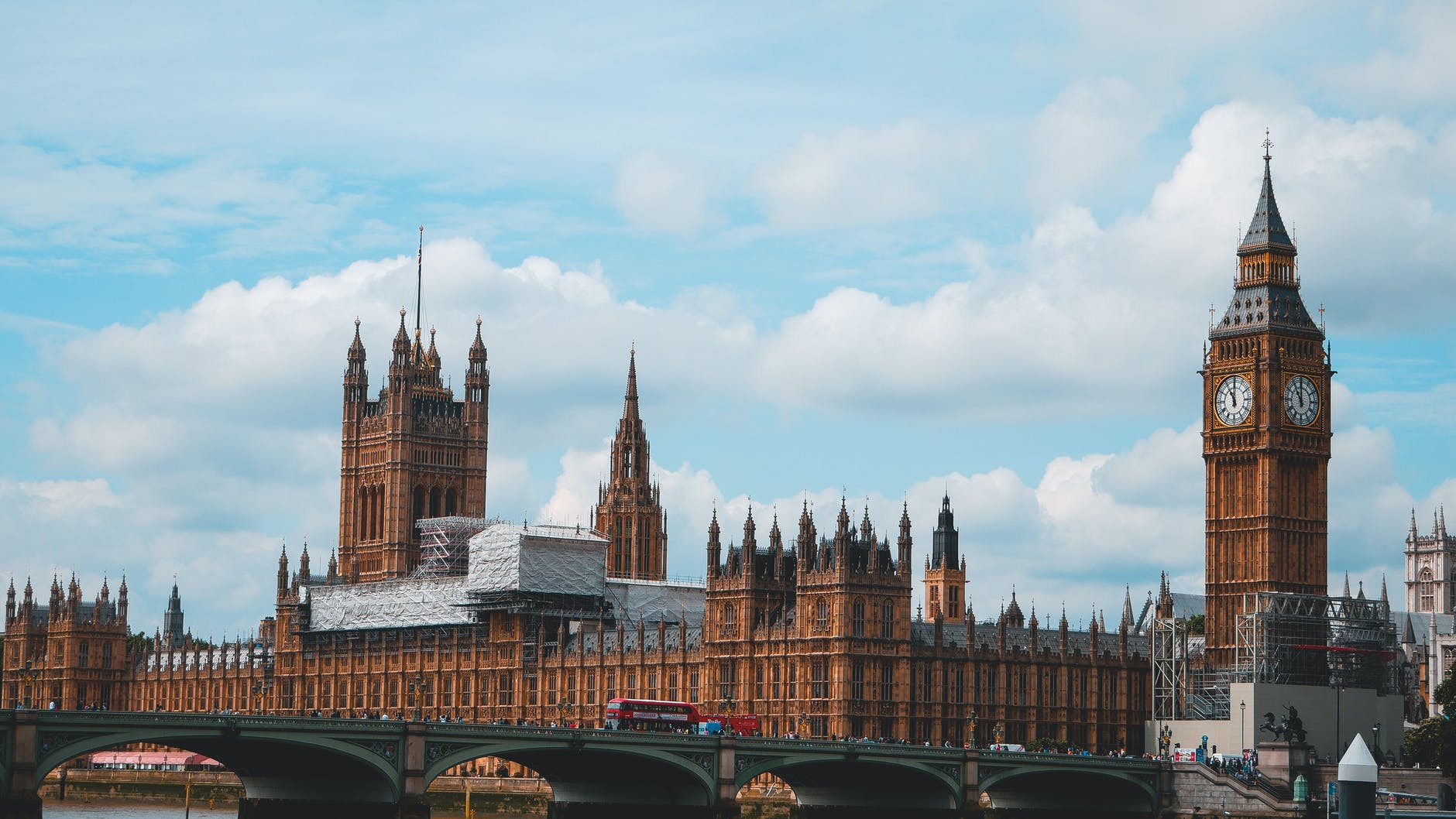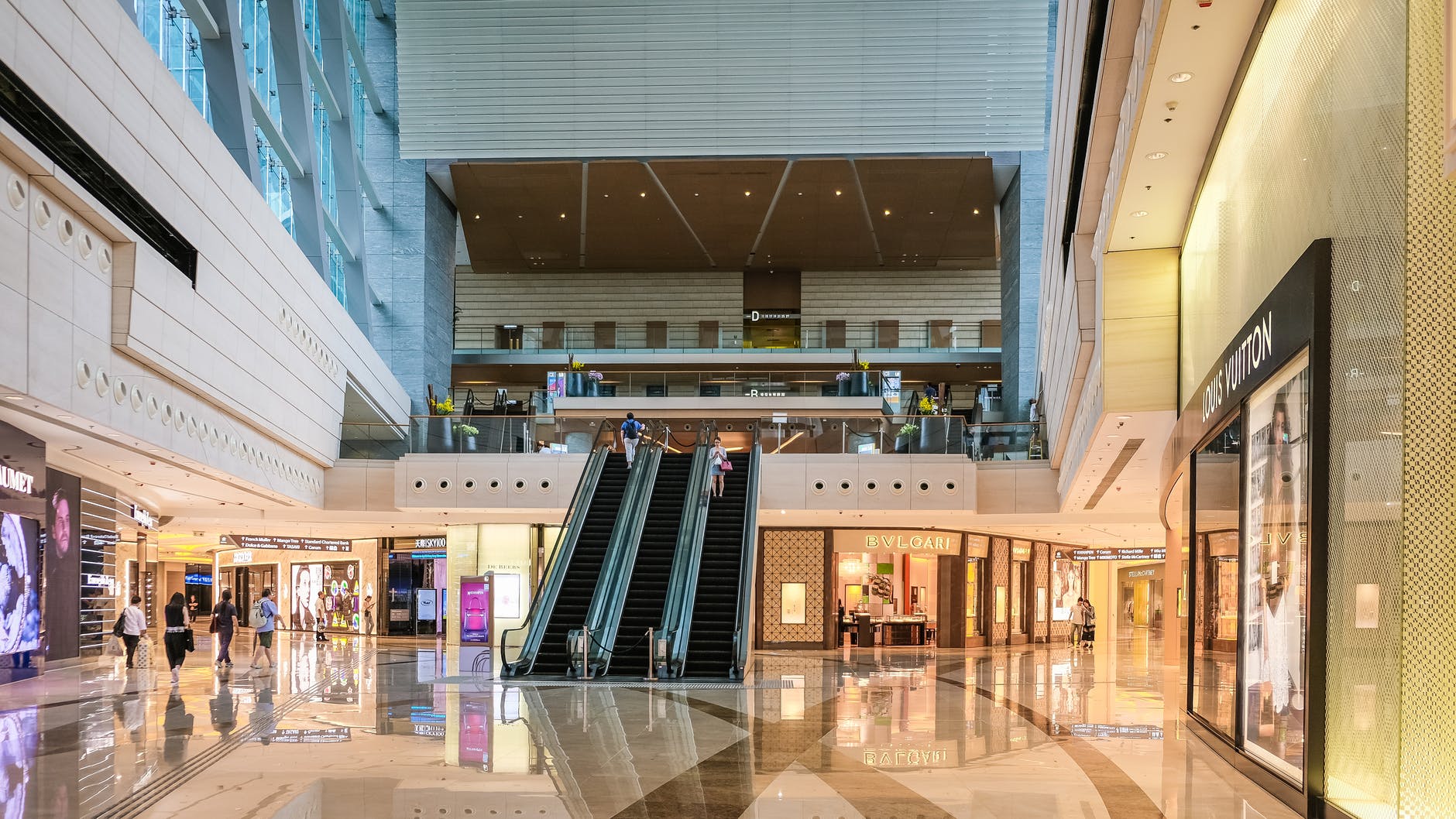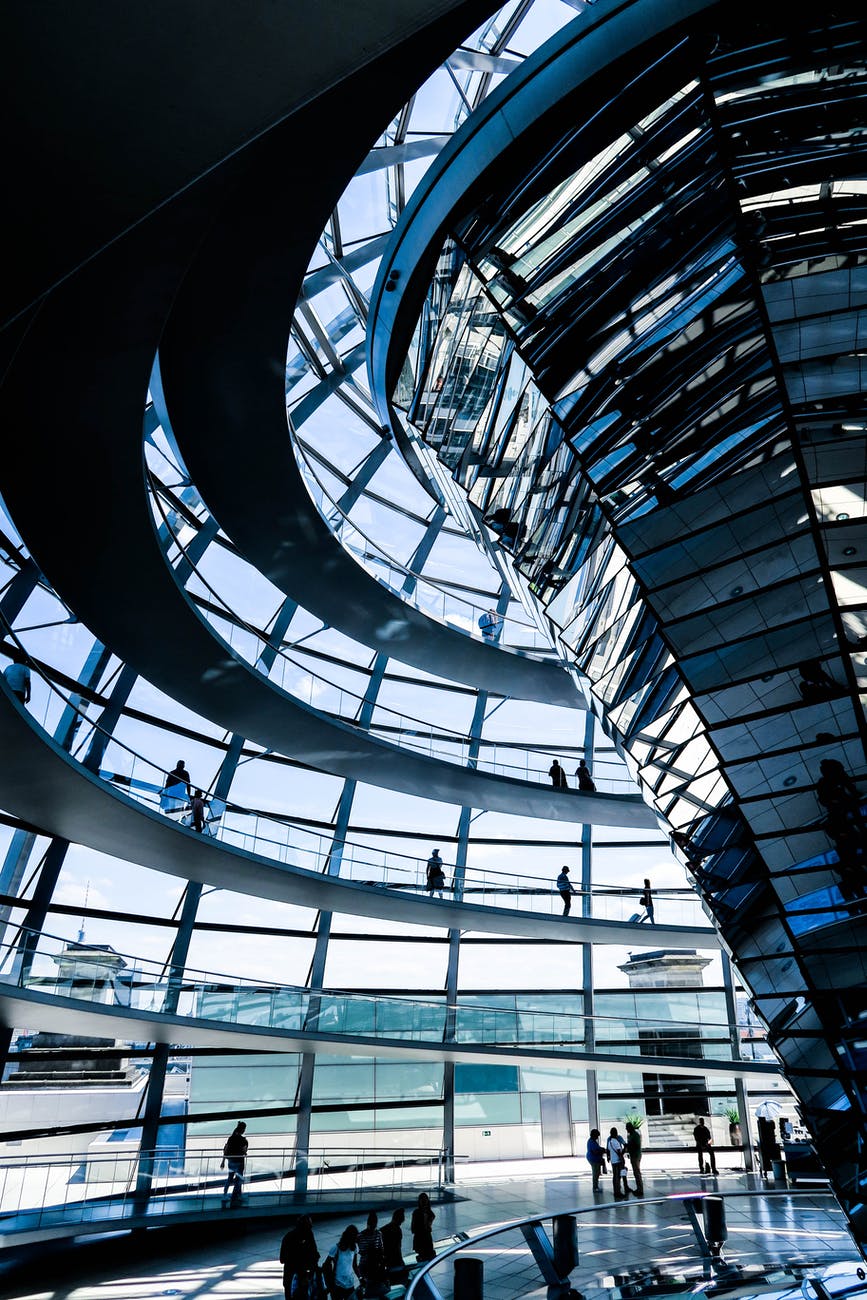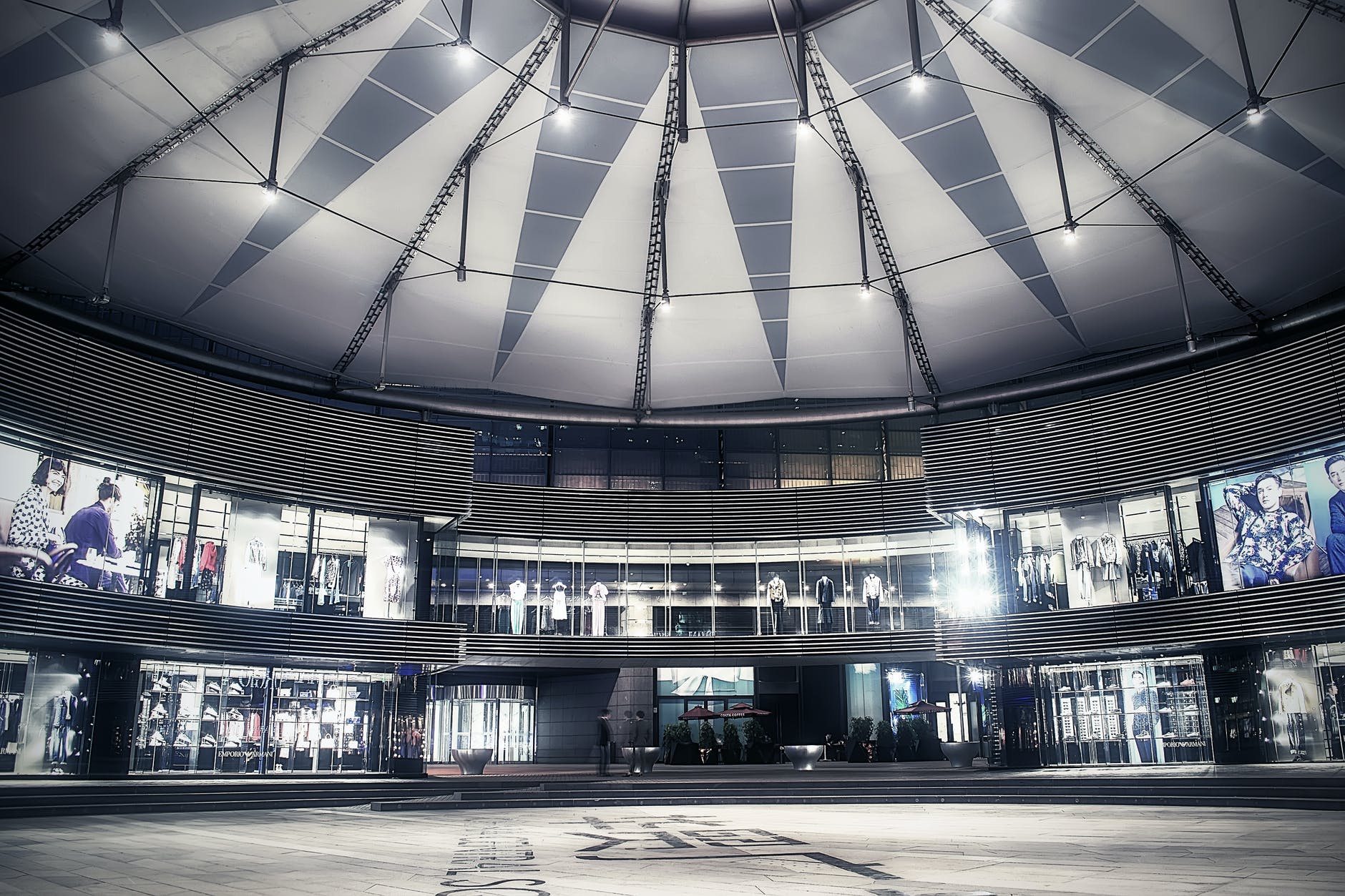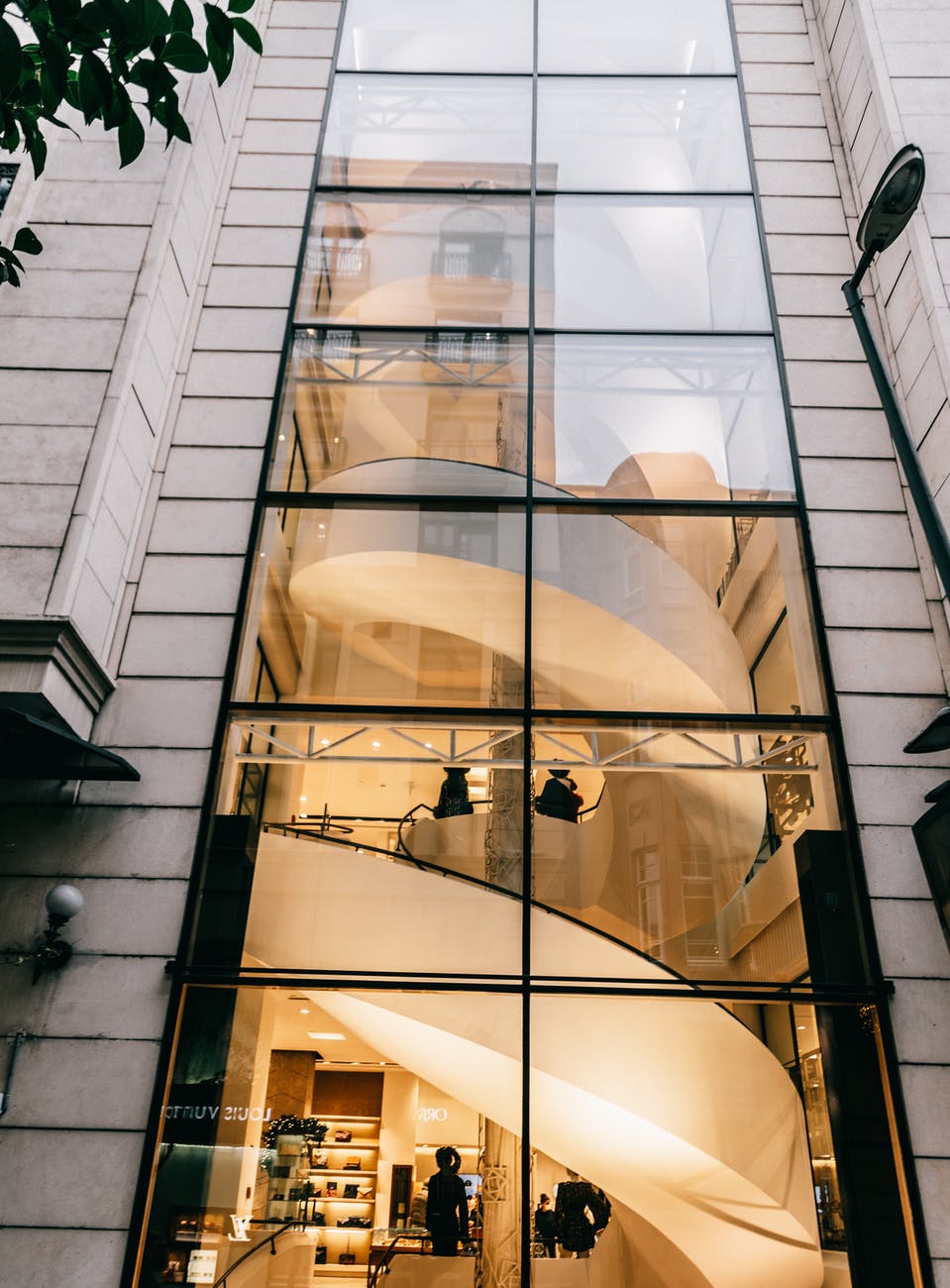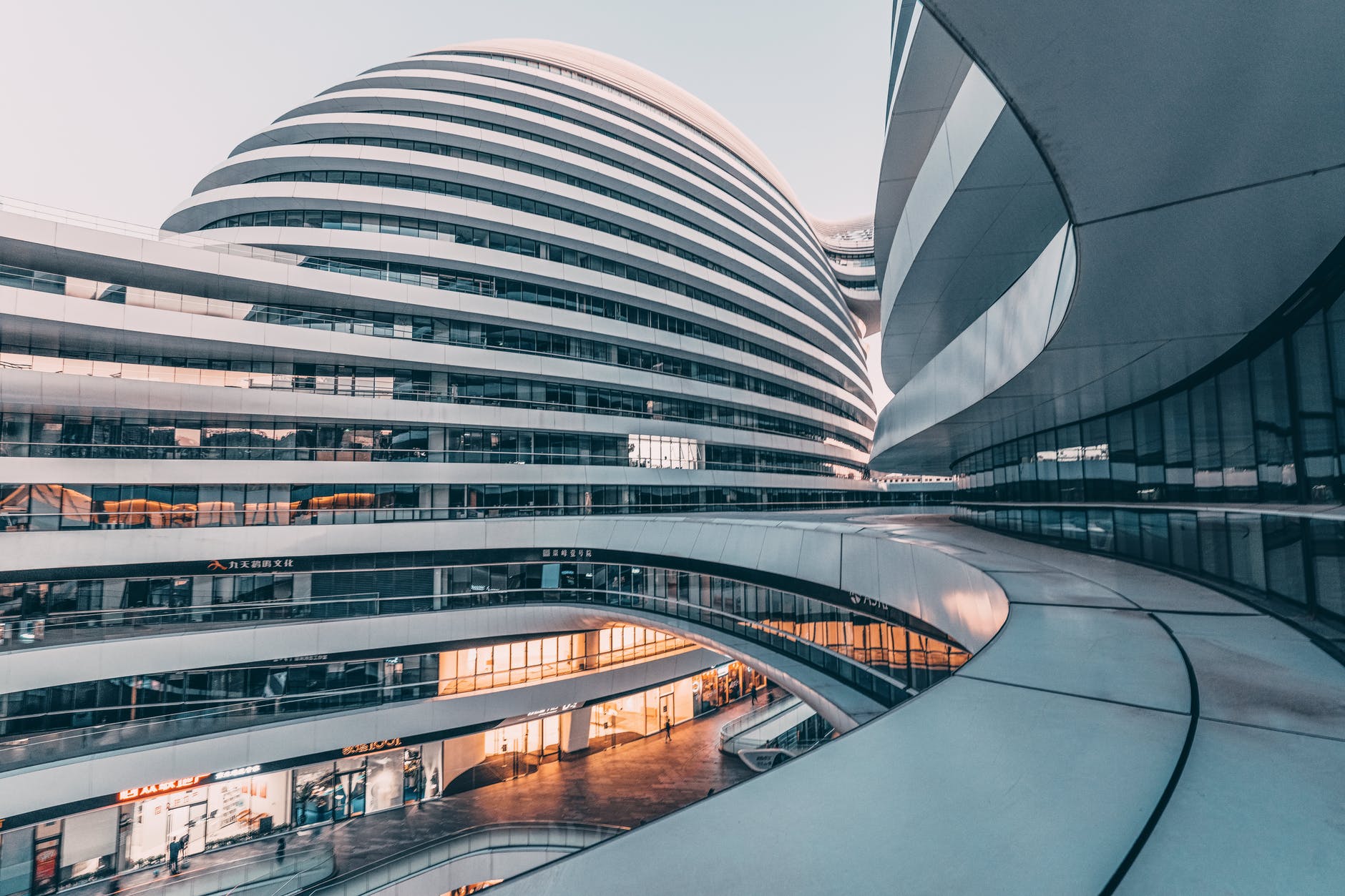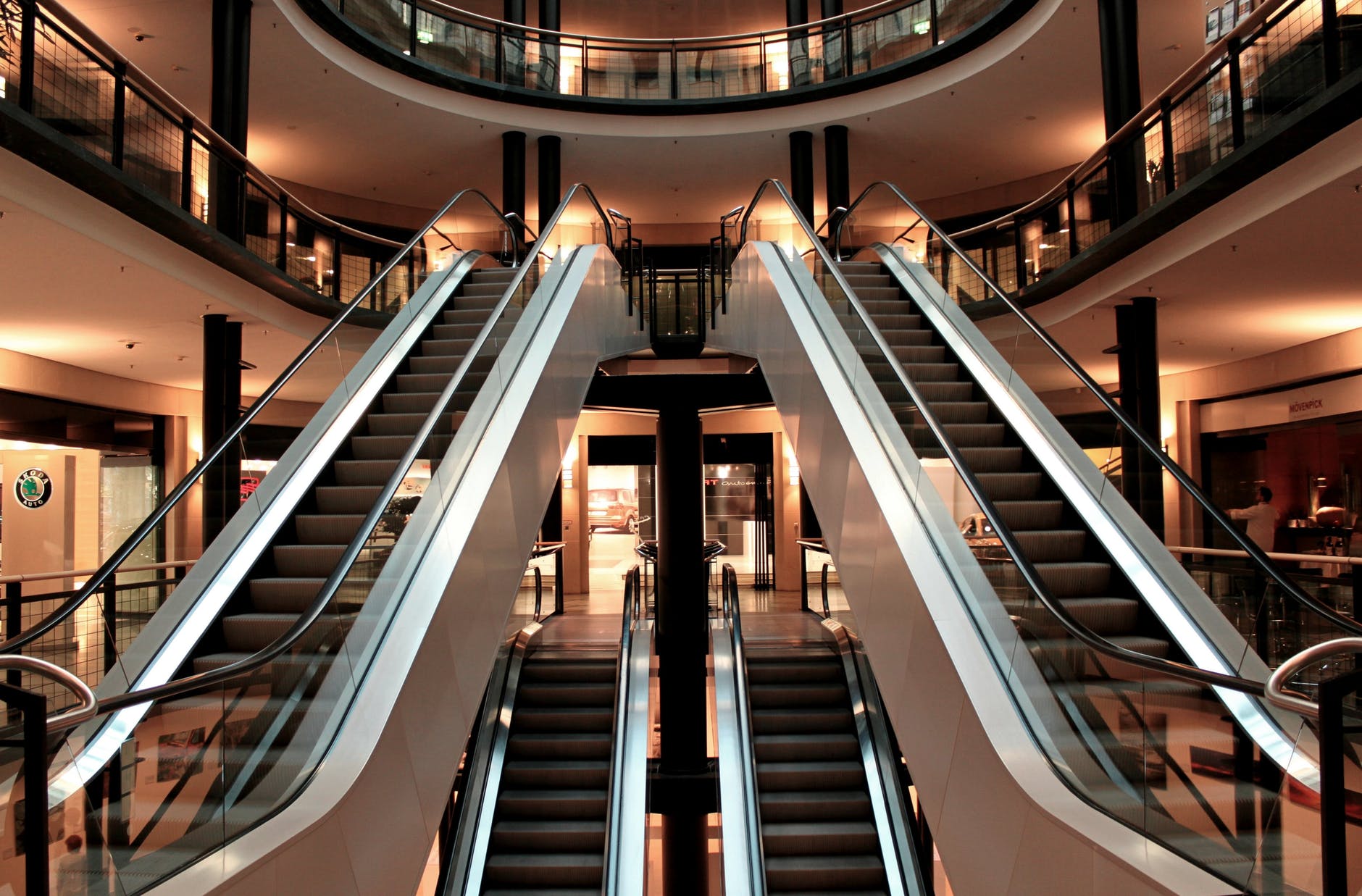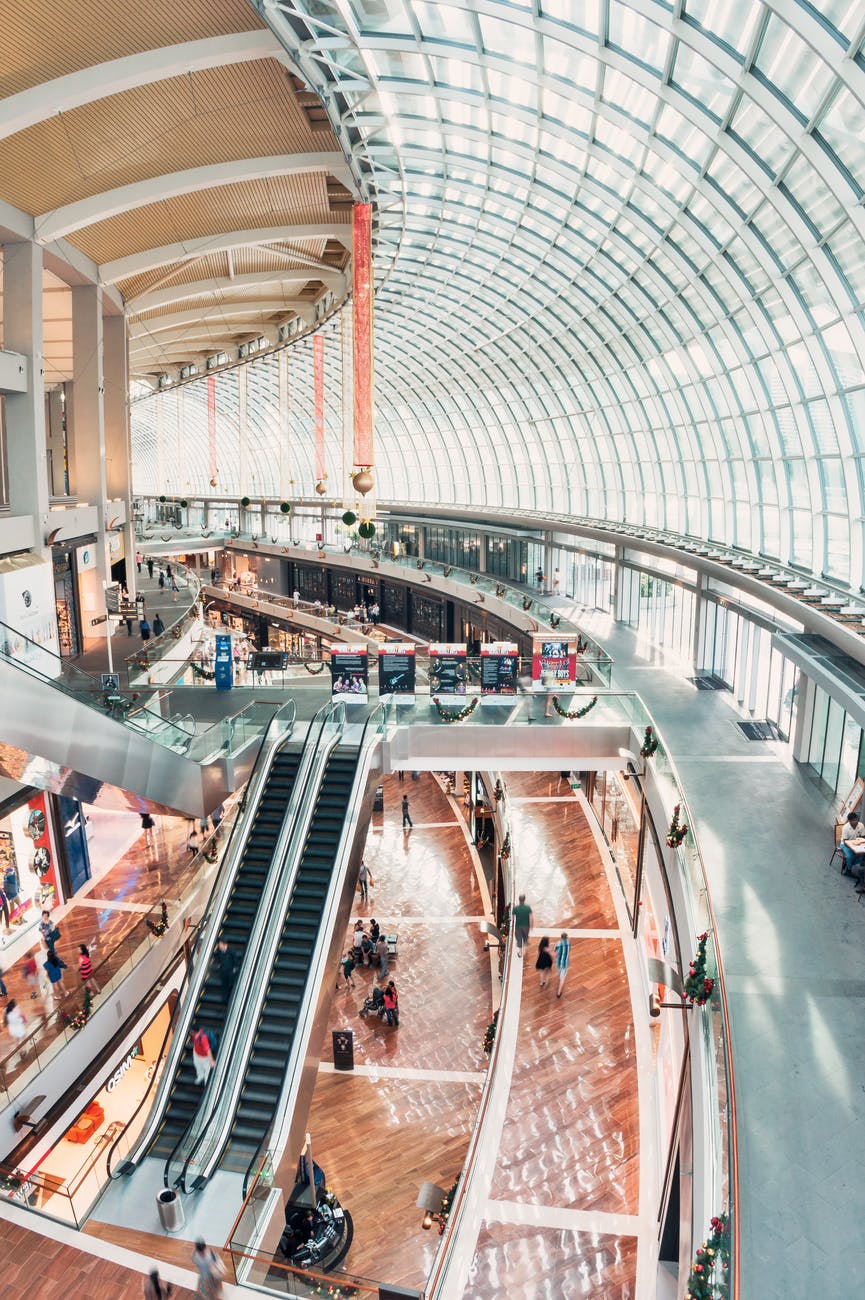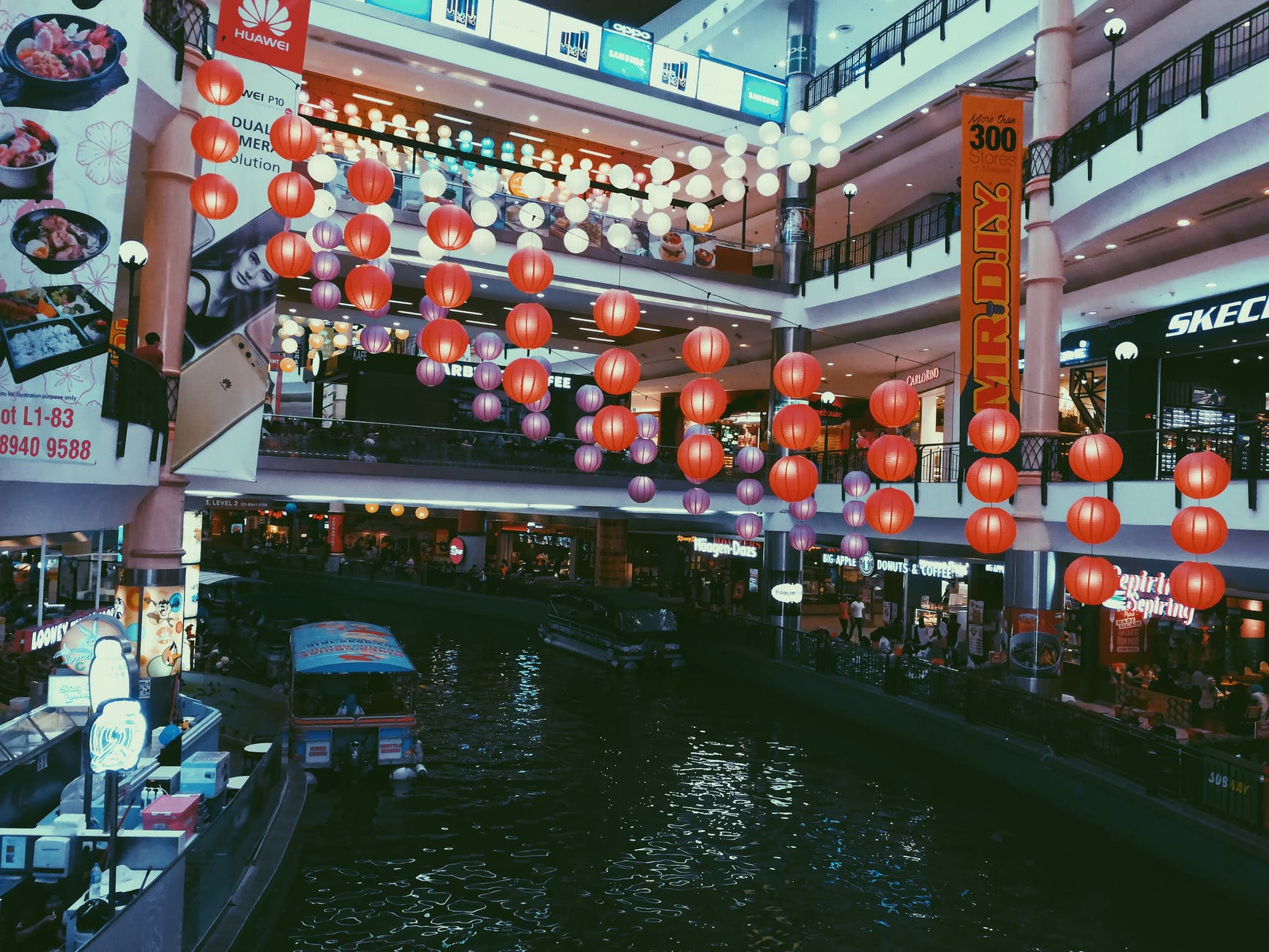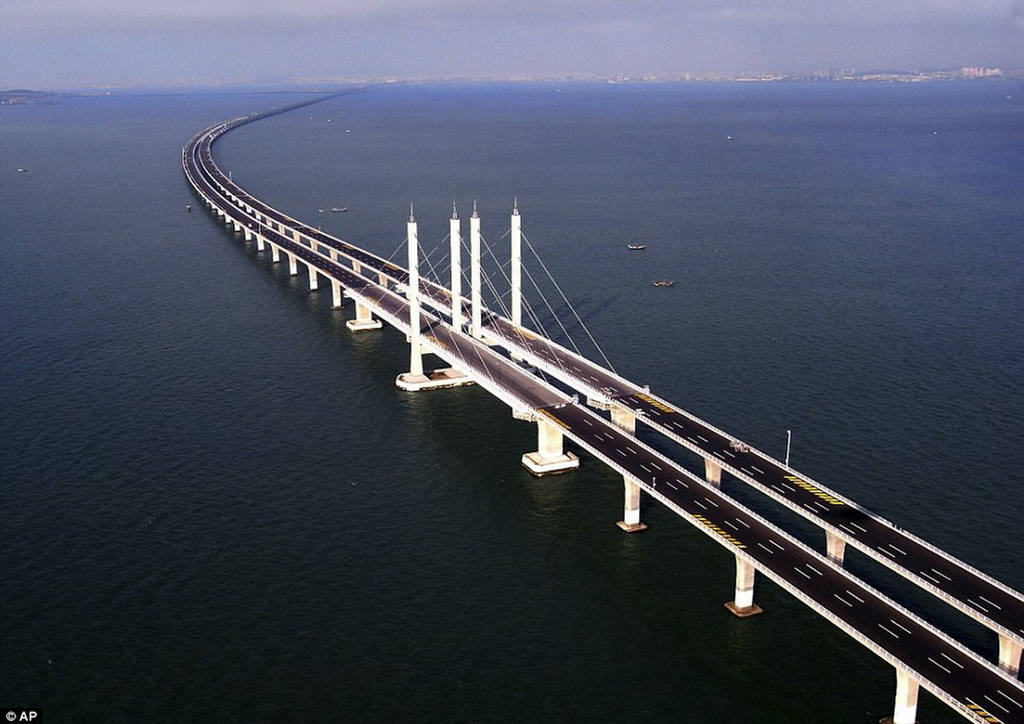University is a high-level educational institution in which students study for degrees and academic research is done. University is an institution of higher learning providing facilities for teaching and research and authorized to grant academic degrees. It is specifically made up of an undergraduate division which confers bachelor’s degrees and a graduate division which comprises a graduate school and professional schools each of which may confer master’s degrees and doctorates. Students can use these rankings to explore the higher education options that exist beyond their own countries’ borders and to compare key aspects of schools’ research missions.
1.Harvard University
Harvard University is devoted to excellence in teaching, learning, and research, and to developing leaders in many disciplines who make a difference globally. Harvard University is a private Ivy League research university in Cambridge, Massachusetts. Founded in 1636, Harvard University is the oldest higher education institution in the U.S. Harvard faculties are engaged with teaching and research to push the boundaries of human knowledge. The University has twelve (12) degree-granting Schools in addition to the Radcliffe Institute for Advanced Study. The university is made up of the undergraduate college, as well as other degree-granting institutions including the highly ranked Business School, Graduate School of Education, Law School and the John F. Kennedy School of Government. For Harvard undergraduates, the most popular majors include social sciences, biology/biological sciences, history, math and psychology.
The University, which is based in Cambridge and Boston, Massachusetts, has an enrollment of over 20,000 degree candidates, including undergraduate, graduate, and professional students. Harvard has more than 360,000 alumni around the world. The University was named Harvard College after deceased clergyman John Harvard, an alumnus of the University of Cambridge who had left the school £779 and his library of some 400 volumes. The charter creating the Harvard Corporation was granted in 1650. Harvard research takes place across a range of disciplines in more than 100 centers. The Harvard Library is the largest academic library in the world, boasting around 19 million volumes at its more than 70 libraries. The bulk of Harvard’s students study at the graduate level and more than 20 percent of the student body is international.
- Massachusetts Institute of Technology
Massachusetts Institute of Technology is located in Cambridge, Massachusetts, near Boston. It is a private land-grant research university established in 1861. Founded in response to the increasing industrialization of the United States, MIT adopted a European polytechnic university model and stressed laboratory instruction in applied science and engineering. A charter for the incorporation of the Massachusetts Institute of Technology, proposed by William Barton Rogers, was signed by John Albion Andrew, the governor of Massachusetts, on April 10, 1861. It contains five schools architecture and planning; engineering; humanities, arts, and social sciences; management; and science. There are many opportunities for both undergraduate and graduate students to gain research experience at one of MIT’s many labs or centers, including the MIT Nuclear Reactor Laboratory, one of the largest university research reactors in the U.S.
Nearly 90 percent of MIT undergraduates participate in the school’s Undergraduate Research Opportunities Program, which partners students and faculty for research projects, by the time they graduate. With more than 1,067 Faculty members, MIT continues to play a vital role in shaping the future of undergraduate and graduate students as advisors, mentors, coaches, committee members and much more. In addition, the Institute’s board of trustees include 78 eminent leaders in science, engineering, education, industry, and other professions. Additionally, the faculty members continue to thrive the global standard of excellence in their disciplines. MIT is set in a campus of 168 acres, situated between Central and Kendall Squares, and across the Charles River from Boston’s Back Bay; comprising of 26 acres of playing fields, more than 20 gardens and green spaces, 18 student residences and around 50 publicly cited works of art.
3.Stanford University
Located in the heart of Silicon Valley, Stanford University was founded in 1885 by Jane and Leland Stanford, “to promote the public welfare by exercising an influence in behalf of humanity and civilization. The campus occupies 8,180 acres, among the largest in the United States, and enrolls over 17,000 students. Since opening in 1891, Stanford’s faculty and students have worked to improve the health and wellbeing of people around the world through the discovery and application of knowledge. Breakthroughs at Stanford include the first successful heart-lung transplant, the debut of the computer mouse, and the development of digital music. More than half of the student body studies at the graduate level. Seven schools comprise the university, many of which are highly ranked for graduate-level studies. Three schools consisting of 40 academic departments at the undergraduate level as well as four professional schools. Three of the schools offer both undergraduate and graduate degrees: humanities and sciences; earth sciences; and engineering. The business, law, education and medical schools offer only graduate-level degrees.
Stanford is an international institution, enrolling students from all 50 U.S. states and more than 90 other countries. Around 8 percent of the undergraduate student body is international, as is around 30 percent of the graduate student population. Stanford’s library system, which supports 20 libraries, comprises more than 9.3 million physical volumes. It is also an athletics powerhouse, with 900 current student-athletes and a history of 137 national championships and 23 consecutive Directors’ Cups, awarded to the top intercollegiate athletics program in the nation. In total, companies founded by Stanford affiliates and alumni generate more than $2.7 trillion annual revenue, which would be the 10th largest economy in the world. These companies include Google, Nike, Netflix, Hewlett-Packard, Sun Microsystems, Instagram and Charles Schwab.
4.University of California—Berkeley
The University of California—Berkeley is situated roughly 15 miles from San Francisco in what is known as the Bay Area. The university is divided into 14 colleges and schools, including the highly ranked Haas School of Business, College of Chemistry, College of Engineering, School of Public Health and School of Law. This campus size spread to a sprawling 1,232 acres and follows a semester-based academic calendar. The students have the opportunity to choose among 160 undergraduate programs and more than 350 degree programs. This university enrolls some 31,000 undergraduate and 12,000 graduate students. Some of the most popular majors for Berkeley undergraduates have included electrical engineering and computer science; economics; political science; business administration; and psychology. Roughly 15 percent of the student body is international. A founding member of the Association of American Universities, Berkeley hosts many leading research institutes, including the Mathematical Sciences Research Institute and the Space Sciences Laboratory.
It founded and maintains close relationships with three national laboratories at Berkeley, Livermore and Los Alamos, and has played a prominent role in many scientific advances, from the Manhattan Project and the discovery of 16 chemical elements to breakthroughs in computer science and genomics. Berkeley research is conducted not just within academic department labs and research centers but also in some of the school’s museums and university-managed biological field stations. Berkeley’s athletic teams, which compete as the California Golden Bears primarily in the Pac-12 Conference, have won 107 national championships, and its students and alumni have won 207 Olympic medals (117 gold medals). Berkeley alumni, faculty members, and researchers included 107 Nobel laureates, 25 Turing Award winners, and 14 Fields Medalists. They have also won 20 Academy Awards, 20 Pulitzer Prizes, and 207 Olympic medals and 45 MacArthur Fellowships.
- University of Oxford
Oxford has a strong alumni base of more than 350,000 alumni spread across almost every country on the planet. The exact date of the University of Oxford’s founding is unknown, but the school traces its roots back to at least 1096. Oxford is located around 60 miles northwest of London. More than half of Oxford’s graduate students conduct research as part of their studies. Research at Oxford takes place in all four of its academic divisions: humanities; mathematical, physical and life sciences; medical sciences; and social sciences. The University of Oxford is made up of a central university; 38 colleges; and six Permanent Private Halls, which tend to be smaller than colleges and offer fewer subjects. All the colleges are self-governing institutions within the university, each controlling its own membership and with its own internal structure and activities. Oxford currently has a total enrollment of nearly 24,000 students including 11,930 undergraduates and 11,813 postgraduates.
Oxford’s research activity involves more than 70 departments, the colleges, more than 1,800 academic staff, more than 5,500 research and research support staff, and more than 6,100 graduate research students. Morethan 10,000 international students comprising 45% of the total student body takes admission to various programs at University of Oxford. The university provides education in 50 undergraduate programs, more than 350 graduate courses and over 250 postgraduate courses through 45 colleges. In less than a century, Oxford had achieved an important set of learning and won the praises of popes, kings, and sages by virtue of its antiquity, curriculum, a philosophical system, and privileges. Oxford operates the world’s oldest university museum, as well as the largest university press in the world and the largest academic library system nationwide. The university and its academic departments and colleges, as well as dozens of external organizations, have made more than 900 scholarships available for graduate students.
6.Columbia University
Columbia University is a private institution that was founded in 1754. Columbia was established by royal charter from George II of Great Britain in reaction to the founding of Princeton College. It is located in the Upper West Side of New York City’s Manhattan borough. Originally called King’s College, the school received its current name in 1896. Around 30 percent of students at Columbia study at the undergraduate level and almost 30 percent of the total student body is international. Columbia is the oldest institution of higher education in New York and it is ranked among the top universities. The academic structure includes a variety of subjects, namely American Studies, Anthropology, Architecture, Business, Philosophy, and History. Some of the popular and creative subjects are Drama and Theatre Arts, Dance, Film and Media Studies, Music, and Visual Arts. Morethan 400 specialized programs and courses available now. The university is made up of schools that enroll undergraduates – Columbia College, the Fu Foundation School of Engineering and Applied Science, and the School of General Studies – and numerous graduate and professional schools.
Among Columbia University’s highly ranked graduate programs are the Business School, the Law School, and the College of Physicians and Surgeons. Additionally, Columbia is affiliated with Barnard College for women, the Union Theological Seminary and the Jewish Theological Seminary. The highly regarded New York-Presbyterian University Hospital of Columbia and Cornell is a university teaching hospital. Columbia students and faculty conduct research across the sciences, humanities and social sciences disciplines at more than 200 university centers and institutes. Columbia has also established global centers in Amman, Jordan; Beijing; Mumbai, India; Paris; Istanbul; Nairobi, Kenya; Santiago, Chile; and Rio de Janeiro to facilitate study abroad and research opportunities for students. Total number of students 27,384. Columbia scientists and scholars have played an important role in scientific breakthroughs including brain-computer interface; the laser and maser; nuclear magnetic resonance; the first nuclear pile; the first nuclear fission reaction in the Americas; the first evidence for plate tectonics and continental drift; and much of the initial research and planning for the Manhattan Project. With over 14 million volumes, Columbia University Library is the third largest private research library in the United States.
- California Institute of Technology
The California Institute of Technology is a world-renowned science and engineering research and education institution, located in Pasadena, California, around 11 miles northeast of downtown Los Angeles. Apart from Pasadena, the institute also has its campuses in Louisiana, Hawaii, Switzerland, and Washington. Spread over 124 acres of land, Caltech has seven buildings that make for student and family residences on the campus. The California Institute of Technology, known as Caltech, was founded in 1891 as Throop University and received its current name in 1920. It is associated with AAU, HHMI, and NASA (JPL). Caltech has six academic divisions, many of which have highly ranked graduate programs: biology and biological engineering; chemistry and chemical engineering; engineering and applied science; geology and planetary sciences; humanities and social sciences; and physics, mathematics and astronomy. There are eight undergraduate houses, each with its own government and special traditions.
Caltech’s campus has five institutes namely Beckman Institute, Kavli Nanoscience Institute, Rosen Bioengineering Center, Tianqiao and Chrissy Chen Institute for Neuroscience, and the Resnick Sustainability Institute. The student-faculty ratio is very low, at 3:1. More than one-fourth of Caltech’s total enrollment is international. There are around 3,900 employees at Caltech including alumni and non-alumni academic faculties. The university staff includes professors who are highly learned and expert in science and applied sciences. Total number of students 2,238. Caltech has around 50 research institutes and centers, such as the Resnick Sustainability Institute and the Tectonics Observatory. Around 80 percent of undergraduates participate in research during their time at Caltech. Additionally, the university operates NASA’s Jet Propulsion Laboratory, a center for robotic exploration of the solar system that engages both faculty and students. The university also maintains several athletic teams in basketball, volleyball, soccer, tennis, swimming, and fencing, for both men and women.
8.University of Washington
The University of Washington is a public institution that was founded in 1861. University of Washington is one of the oldest universities on the West Coast. The university is 703-acre main Seattle campus is in the University District, Puget Sound region of the Pacific Northwest. The school’s oldest and largest campus in terms of enrollment is located in Seattle – the largest city in Washington. In 1990, the university added two smaller campuses in Bothell and Tacoma, Washington. The large university offers more than 370 graduate-level programs. The university has 16 colleges and schools that offer studies in a range of subjects, such as arts and sciences, engineering and social work. Its highly ranked graduate schools include the School of Medicine, School of Nursing and the College of Education. The University of Washington Medical Center, a teaching hospital, is highly ranked in several specialties. The university offers a community-based medical education program that allows students to complete clinical rotations in different states throughout the region – Alaska, Idaho, Montana, Washington and Wyoming.
One goal of the program is to increase the number of primary care physicians, particularly in rural areas. Research awards received by UW have topped $1 billion in recent years, and the school has more than 280 specialized research centers. Among these research centers are the West Coast Poverty Center, the Polar Science Center and the Center for Emerging and Re-emerging Infectious Diseases. Total number of students are 46,258. Washington continues to benefit from its deep historic ties and major collaborations with numerous technology giants in the region, such as Amazon, Boeing, Nintendo, and particularly Microsoft. Paul G. Allen, Bill Gates and others spent significant time at Washington computer labs for a startup venture before founding Microsoft and other ventures. The university has been affiliated with many notable alumni and faculty, including 21 Nobel Prize laureates and numerous Pulitzer Prize winners, Fulbright Scholars, Rhodes Scholars and Marshall Scholars.
- University of Cambridge
The University of Cambridge, located around 60 miles north of London, traces its history back to 1209. There are six schools: arts and humanities; biological sciences; clinical medicine; humanities and social sciences; physical sciences; and technology. Dozens of academic departments and other divisions constitute these schools. Cambridge contains 31 residential colleges, which are responsible for admitting undergraduate and graduate students; three colleges – Lucy Cavendish College, Murray Edwards College and Newnham College – are women-only. All the colleges are self-governing institutions within the university, each controlling its own membership and with its own internal structure and activities. Undergraduate teaching at Cambridge centres on weekly small-group supervisions in the colleges in groups of typically 1–4 students. This intensive method of teaching is widely considered the ‘jewel in the crown’ of an Oxbridge undergraduate education.
In addition, lectures, seminars, laboratory work and occasionally further supervisions are provided by the central university faculties and departments. Postgraduate teaching is provided predominantly centrally. Cambridge Assessment, also a department of the university, is one of the world’s leading examining bodies and provides assessment to over eight million learners globally every year. The university is closely linked to the development of the high-tech business cluster known as ‘Silicon Fen’. Cambridge has more than 100 libraries, including college and department libraries. The university has around 140 centers and institutes that contribute to different areas of research, such as the Centre of African Studies; the Cambridge Centre for Economic and Public Policy; and the Institute of Theoretical Geophysics. In a recent year, the university received around $415 million in research grants and contracts. Total number of students are 19,580.
10.Johns Hopkins University
Johns Hopkins University is a private institution that was founded in 1876. The school has campuses located in and around Baltimore and the District of Columbia, as well as in Italy and China. Johns Hopkins is considered the first research university in the United States. In 1900, Johns Hopkins became a founding member of the American Association of Universities. The university comprises nine academic divisions that offer studies in the arts and sciences, engineering, business, education, medicine, nursing, music, public health and international studies. Some of the most popular majors for under graduates are public health studies, international studies and biomedical engineering. Johns Hopkins University’s graduate schools include the highly ranked School of Medicine, School of Nursing and School of Education.
The medical school, nursing school, and Bloomberg School of Public Health, and Johns Hopkins Children’s Center are located on the Medical Institutions campus in East Baltimore. The university also consists of the Peabody Institute, Applied Physics Laboratory, Paul H. Nitze School of Advanced International Studies, School of Education, Carey Business School, and various other facilities. The Johns Hopkins Hospital, a teaching hospital, is highly ranked in many specialties. Undergraduate students can get involved in research with support from initiatives such as the Provost’s Undergraduate Research Awards program, which provides financing for students to design and conduct research with the help of a faculty sponsor. Among the institution’s research facilities is the Johns Hopkins University Applied Physics Laboratory, an affiliated research center that is a hub for national security- and space-related research. Total number of students are 16,432.

